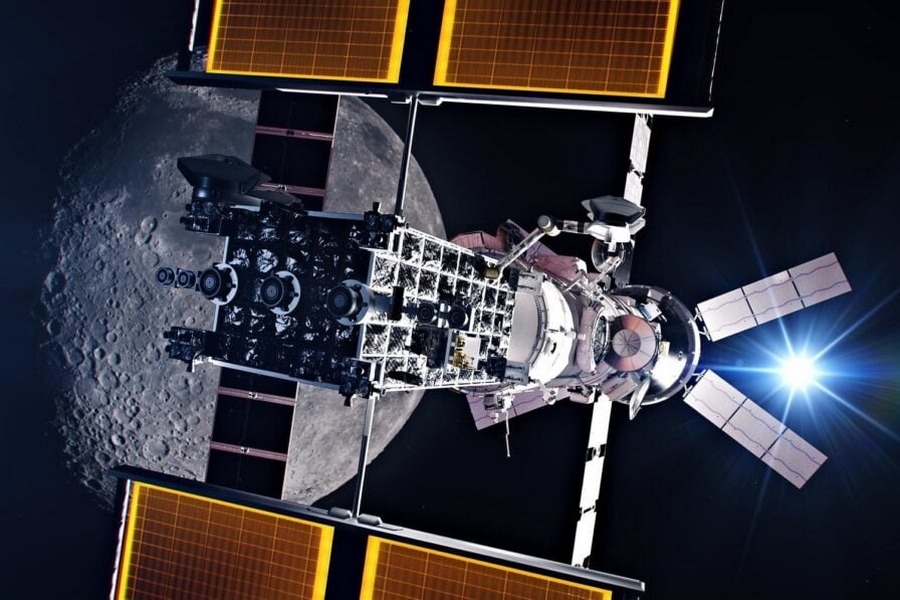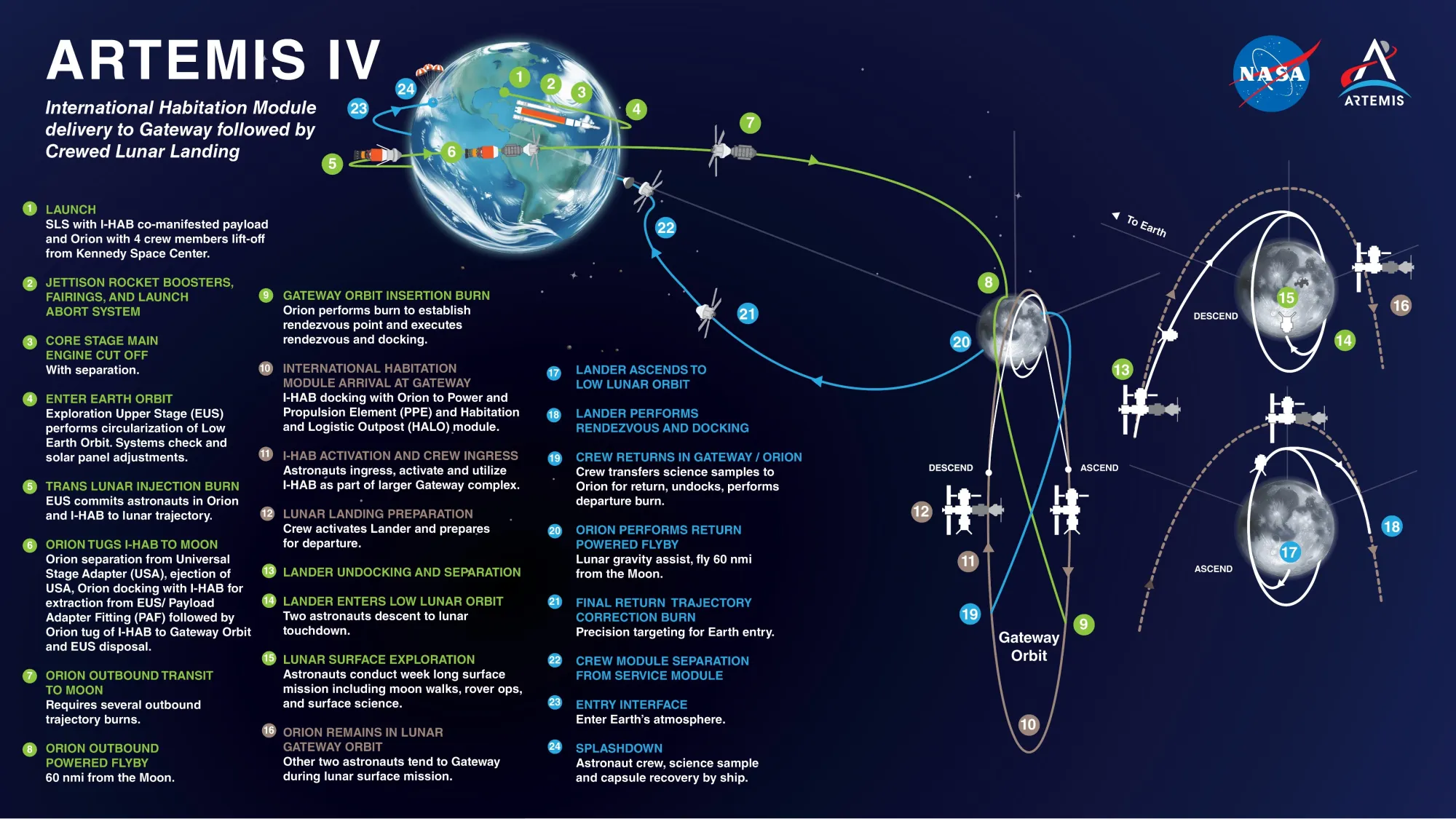NASA’s Lunar Gateway is facing significant problems long before launch. The lunar orbital outpost may not be able to accommodate large spacecraft such as SpaceX’s Starship, which would be 18 times more massive than the acceptable norm.

The Lunar Gateway orbital station will be an important part of NASA’s plans to return to the Moon and build its first colony. NASA plans to launch the station in late 2027 for use during the Artemis IV mission, which will launch in September 2028.
A U.S. Government Accountability Office report indicates that spacecraft, such as SpaceX’s lunar Starship, may be too large to dock with an orbital outpost. If Starship and other large vehicles dock with the airlock, it could affect its ability to stay in the correct orbit and orient itself in space. This would disrupt communications with Lunar Gateway and make it impossible for other vehicles to dock.
Starship’s mass is 18 times the acceptable value for orbital station controllability. The program is evaluating ways to mitigate risks, including the possibility of firing the spacecraft’s engines to distribute control during docking with the airlock.

Even if a solution is found for missions to the Moon, the problem poses a higher risk to support future missions to Mars. Lunar Gateway was supposed to be the staging point for the first human missions to Mars. But difficulties in accommodating large apparatuses could ruin those plans. In addition, the lander is designed for a 15-year life cycle, which could end just when missions to Mars are just starting to take off.
Schedule delay
The report also notes that Lunar Gateway, with a base estimate of $5.3 billion, faces planning risks. NASA has a complex series of events to carry out across seven programs and with various contractors. The station should be launched into orbit a year before the Artemis IV mission, but for now, construction is three months behind schedule.
NASA describes Lunar Gateway as a central element in advancing and supporting space exploration goals, as well as a single point of departure for missions, access to the Moon, and missions to Mars. The station, 1/6 the size of the ISS, is designed to support manned missions to the Moon, conduct scientific research in lunar orbit, and send missions to deep space, including robotic probes to study asteroids and comets.
The report emphasizes that NASA’s lander project is overly complex and may not achieve one of its main goals – supporting future missions to Mars. That’s a bad sign for a project that is key to NASA’s ambitions for the next decade and further.
Earlier we reported on how the United Arab Emirates was building the Lunar Gateway module instead of Russia.
According to gizmodo.com


